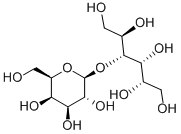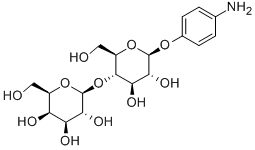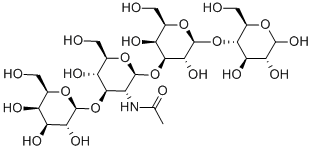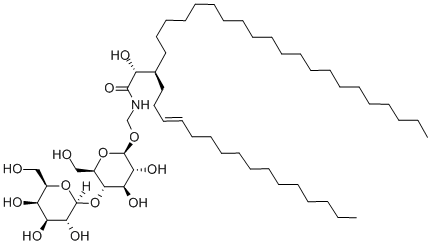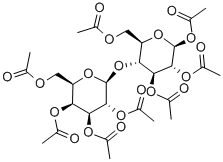Lactitol (4-o-(|3-D-Galactopyranosyl)-D-glucitol) is a disaccharide
sugar alcohol derived from lactose by reduction of its glucose
moiety. Lactitol has not been found in nature. It is about 0.4 times
as sweet as sucrose.
In vitro studies with galactosidase-containing enzyme preparations
have demonstrated that lactitol is hydrolyzed only very slowly. In
incubations with human intestinal biopsies, it has been shown that
the human intestinal mucosa does not exhibit any significant dis accharidase activity with lactitol as a substrate. The hydrolytic
activities towards lactitol and isomalt were only 1.3% of those
towards lactose and isomaltulose, respectively. Corresponding exper iments with intestinal preparations of germ-free pigs and convention ally kept minipigs gave similar results. These observations indicate that lactitol is the most slowly digested disaccharide sugar alcohol.
However, in vitro investigations with intestinal enzyme prepara tions provide only relative figures on hydrolysis rates. Experiments
with humans and 14C-labeled lactitol during jejunal perfusion indi cate that lactitol is virtually not assimilated by the human small
intestine. After passage through the small intestine, ingested lac titol reaches the bacterially colonized segments of the gut where
intensive fermentation takes place. Short-chain fatty acids (acetate,
propionate, butyrate) are the major fermentation end products
which are subsequently further metabolized by the host.
Lactitol is slowly fermented in growing cultures by some strepto cocci, actinomyces and lactobacilli. When fed at 25% of the diet
to rats that had been inoculated with Streptococcus mutans, lactitol
was about equally as cariogenic as sorbitol and significantly less
cariogenic than sucrose. Test candies and chocolates sweetened
by lactitol are hypoacidogenic in humans tested by plaque pH
telemetry. Boiled sweets made with 100% lactitol are rough in
texture owing to crystallization, and caused some gastrointestinal
upsets in human volunteers. Since lactitol has only one-third the
sweetness of sucrose, sweets need an additional sweetening agent
for palatability.
Lactitol is listed as an excipient in some prescription drugs, such as Adderall. Lactitol is a sugar alcohol used as a replacement bulk sweetener for low calorie foods. It is also used medically as a laxative.

